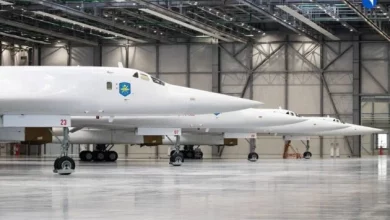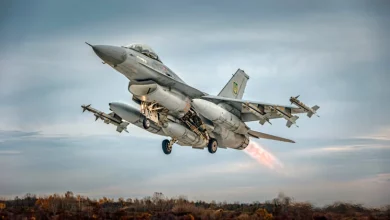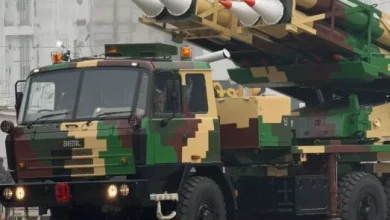Latvia is preparing to transfer Patria AMVs to Ukraine in 2025

Latvia is preparing military aid for 2025, which will include Patria armored modular vehicles, drones, and soldier training.
LTV Ziņu informs about this with reference to the Prime Minister of Latvia. It is reported that Latvia plans to train four thousand Ukrainian soldiers in 2025.
Prime Minister Evika Siliņa assured that Latvia will continue to support Ukraine by allocating 0.25% of its gross domestic product per year, or more than €100 million, for military aid.
Total support for Ukraine in 2024 will exceed €200 million.
As previously reported, the Internal Security Bureau of Latvia will donate jackets and boots, fleece jackets, one drone with a bag and battery, and several binoculars to the Armed Forces of Ukraine.
In August, Defense Minister Andris Sprūds stated that Latvia had prepared the largest batch of drones produced by local companies for transfer to Ukraine.
According to him, this batch consists of 1,400 drones that are supposed to assist the Ukrainian Defense Forces in the war.
In October 2020, the Ministries of Defense of Latvia and Finland signed an agreement with Patria to start research and development work on the development of a family of new Patria 6×6 wheeled armored personnel carriers.
In August 2021, Latvia ordered over 200 armored personnel carriers as part of a joint program.
Deliveries will take place between 2021 and 2029. The first four were delivered in October 2021.





